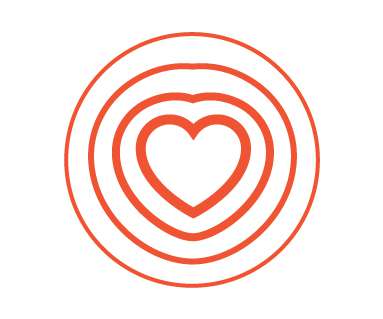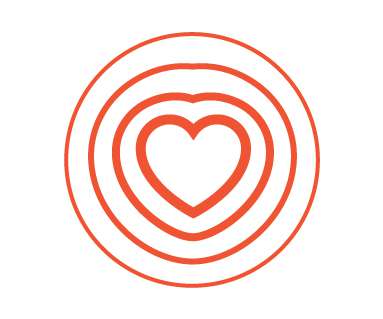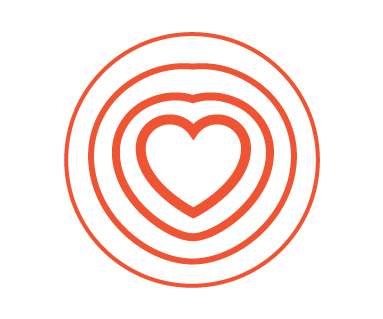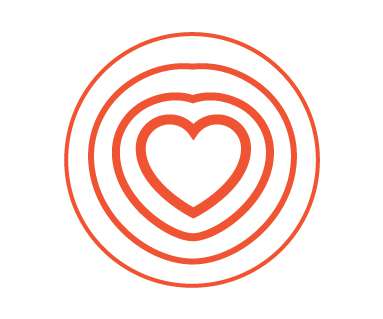Only in America: The Loss of Health Insurance as a Toxic Financial Side Effect of the COVID-19 Pandemic
Health Populi
SEPTEMBER 17, 2020
Census Bureau found that the level of health insurance enrollment fell by 1 million people in 2019 , with about 30 million Americans not covered by health insurance. The coronavirus pandemic has only exacerbated the erosion of the health insured population. lacked health insurance.

















Let's personalize your content